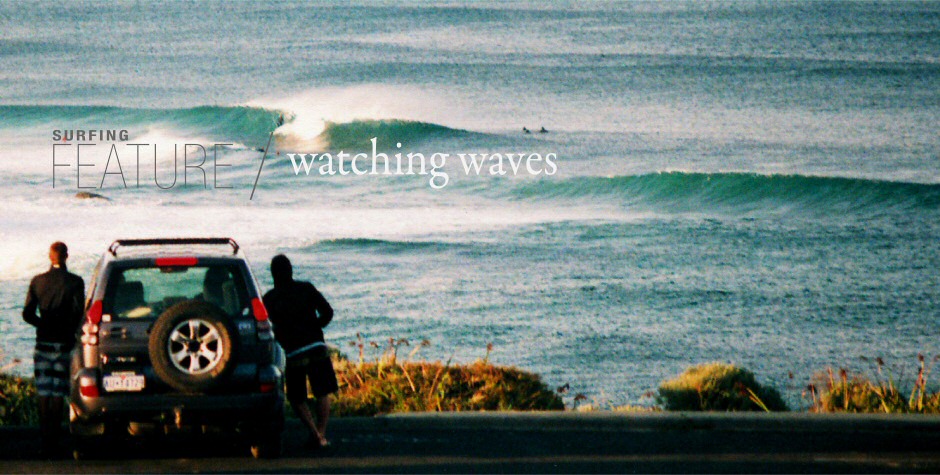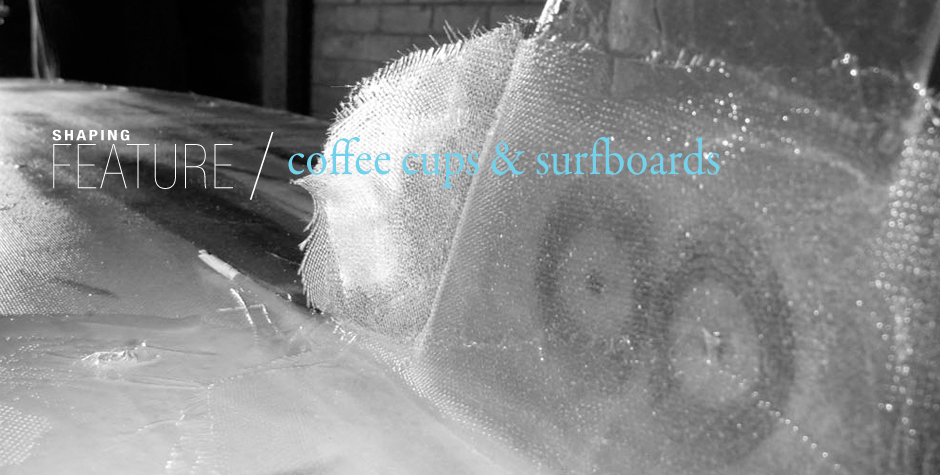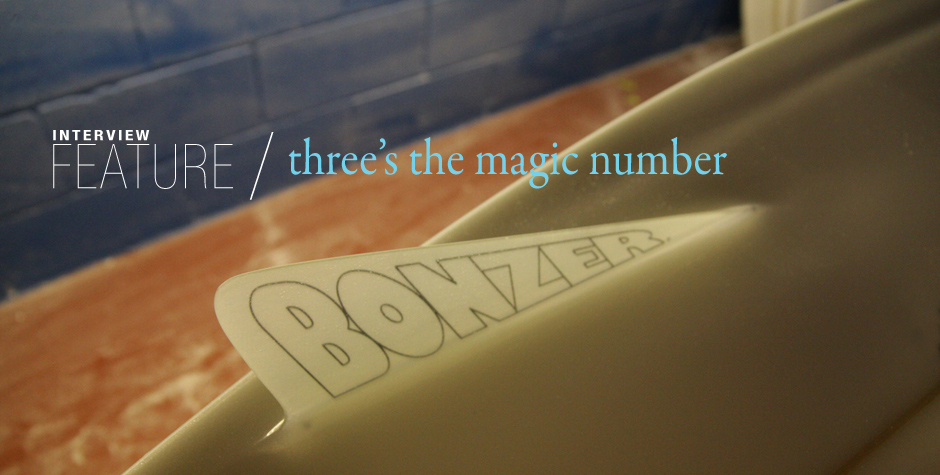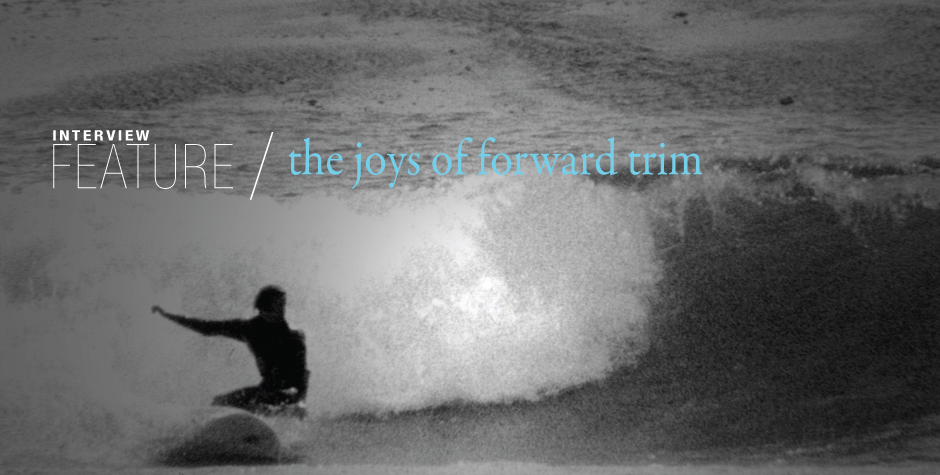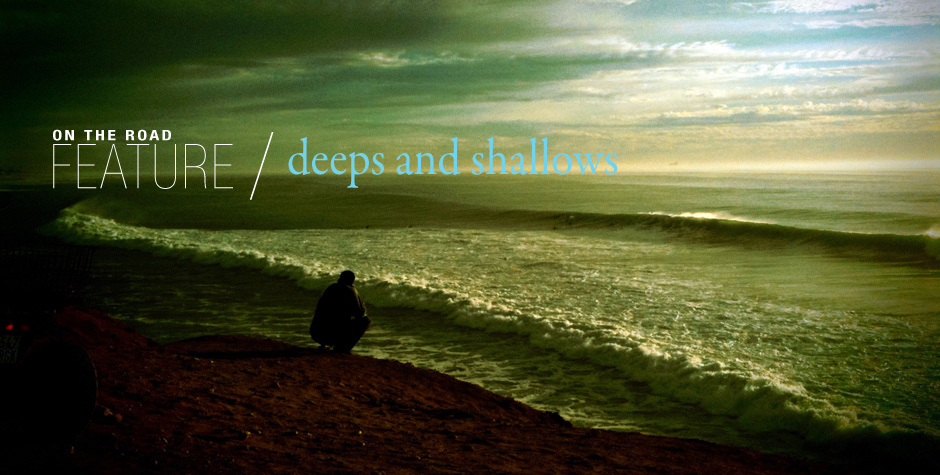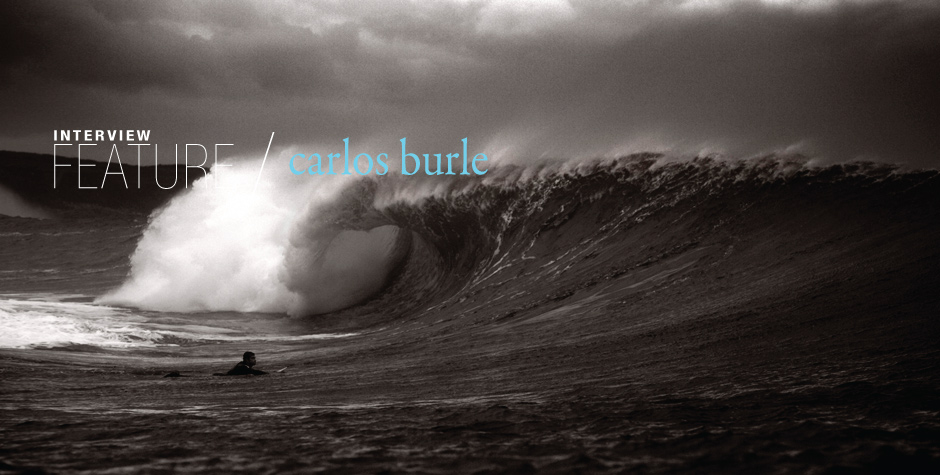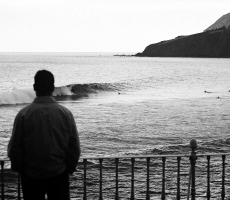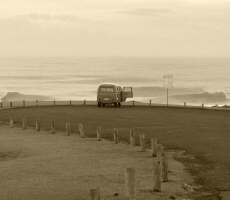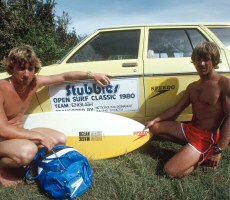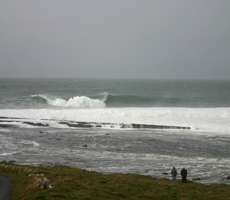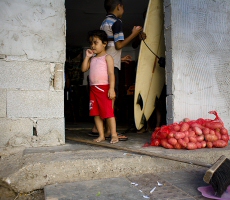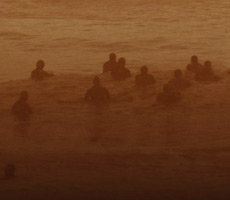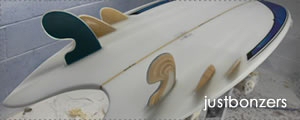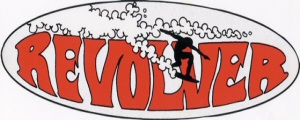Surfing their way to a brighter future
Mandy explains that the kids who go to school are a positive influence on those who don’t. “The children who don’t go to school mix with the other children and it makes them want to go to school too,” she says, adding: “If they can’t afford school we let them surf anyway. But we try to find someone who will sponsor those children so they can go to school as well.”
The project has had a massive influence over Chadwin, Chetebaga and Zoundrey who all now attend school. Chetebaga says: “I wanted to surf because all my friends were doing it. I like surfing and doing exercise.”
He explains how he used to hang around the beach begging from tourists. But he adds: “I prefer to surf.”
His friend Chadwin started visiting Son’surf after hanging around the beach one day and was watching Widdy teaching some of the other kids. “I said ‘I want to surf to Widdy’.” He explains that he finds surfing “easy and fun”. Zoundrey interjects: “It looks cool when you’re on a board.”
“They are very good surfers,” says 18-year-old volunteer Batista Fievet, from France. “Some of them are scared of the water and can’t swim but you push them out in the shallow water and they automatically stand up. They really enjoy this.”
He explains how some of them don’t have parents or eat properly. He adds: “What we do is feed the children and give them a break.”
Mandy believes the project has had a huge effect on the town and says there are fewer children begging now than there was when she moved to Muizenberg in 2007. “A lot of local people are very supportive of the project,” she says.

The success of Son’surf has inspired Mandy to try and do more for the local community. She has set up a larger umbrella group called Volunteer in South Africa, and has built partnerships with a variety of different organisations in the area – covering everything from HIV/Aids awareness to sports development and art projects. “In art lessons we teach them a skill and make things they can sell,” she explains. “The volunteers then help them find places where they can sell their goods.”

The projects the organisation supports are financed through volunteer contributions. Volunteers pay around £560 for the first two weeks and £200 for every additional week, which covers their accommodation, food and an in-country orientation.
To find out more about volunteering email Mandy at:
[email protected] or visit: www.volunteerinsouthafrica.co.uk
Or contact her on:
0027 21 788 8839 (landline) or 0027 79 138 6116 (mobile)
